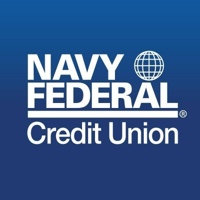 Updated April 2024. Navy Federal Credit Union is the nation’s largest credit union, with a long history of serving active military members. More recently, they have expanded their field of membership to include veterans and family members of veterans. NavyFed often offers special rates and/or features on their share certificates. Here’s a recent example:
Updated April 2024. Navy Federal Credit Union is the nation’s largest credit union, with a long history of serving active military members. More recently, they have expanded their field of membership to include veterans and family members of veterans. NavyFed often offers special rates and/or features on their share certificates. Here’s a recent example:
- Limited-Time 18-month EasyStart Certificate at 4.70% APY. Open with as little as $50. No maximum balance. Make additional deposits any time. You also get a single early withdrawal with no penalty.
I opened one with the $50 minimum because I thought the optionality was neat. If rates drop drastically, I’ll have the ability to add unlimited additional funds at 4.70% APY. If rates rise drastically, I can withdraw it all at once with no penalty. If nothing big happens (most likely scenario), I’ll only have committed $50. I already have other products with NavyFed, so it didn’t require any additional paperwork.
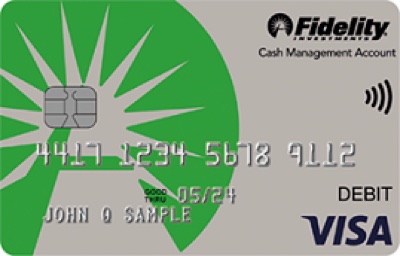
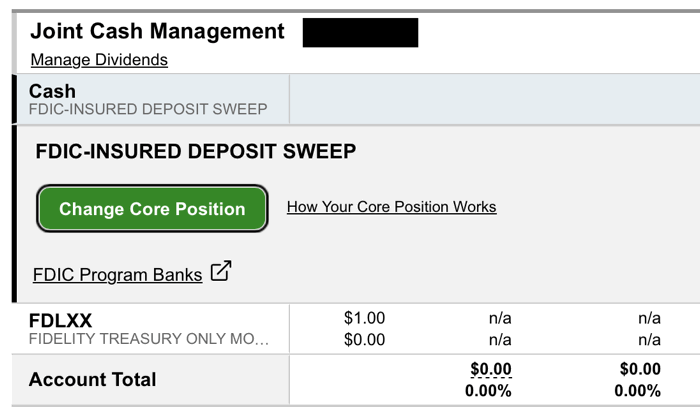
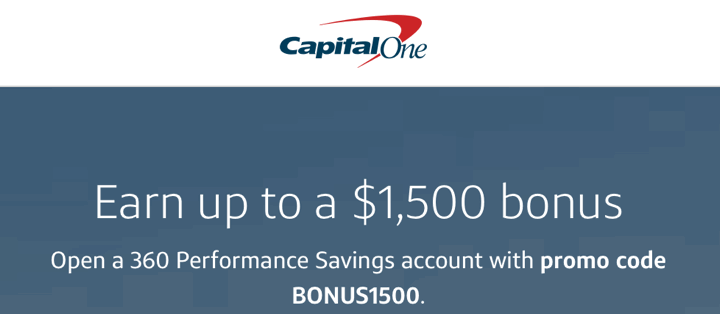
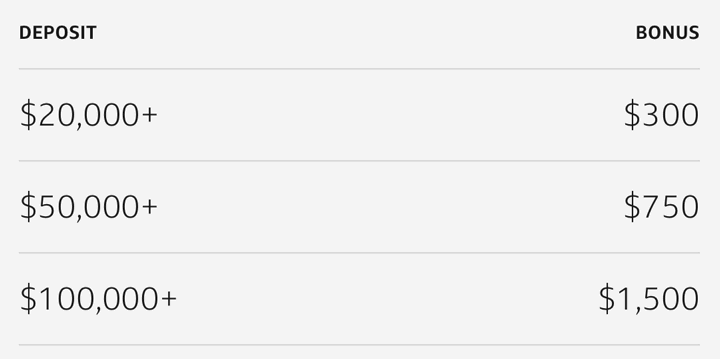
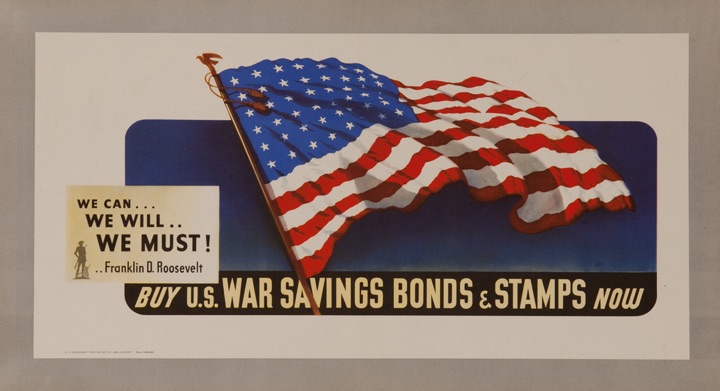

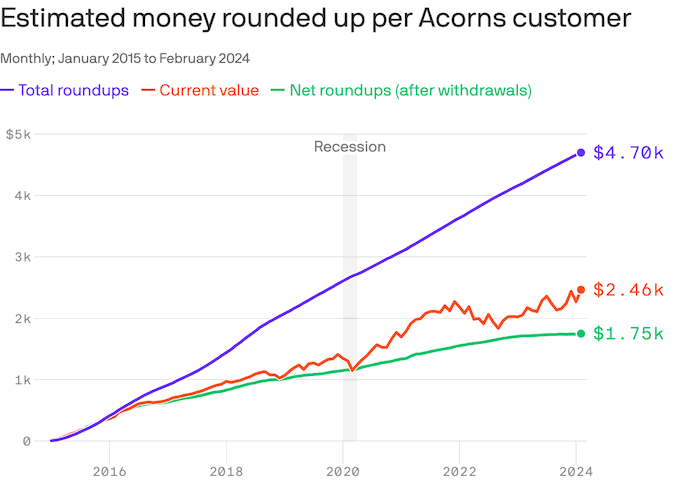
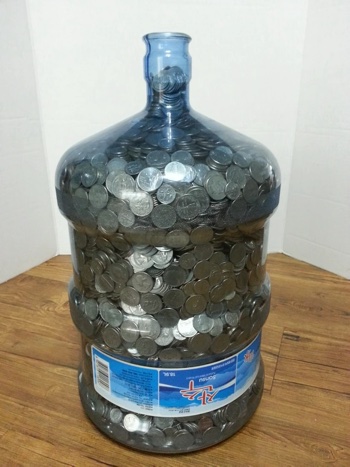

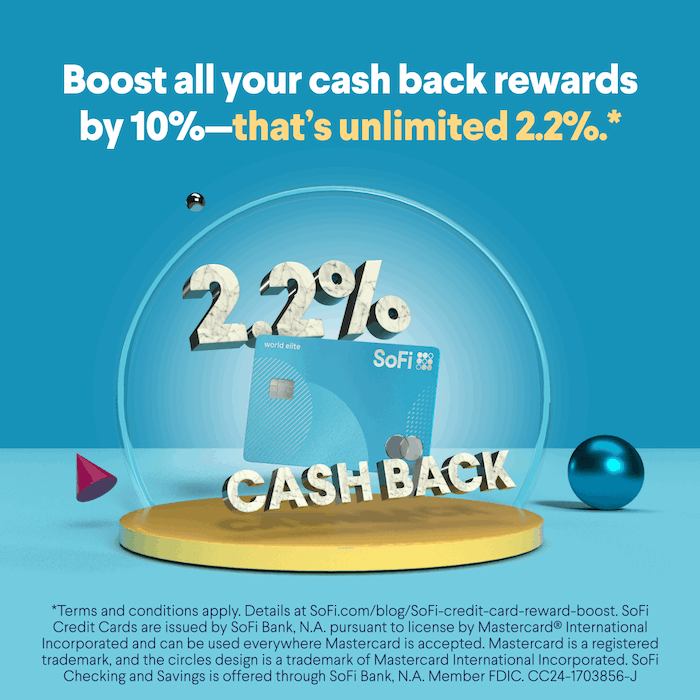

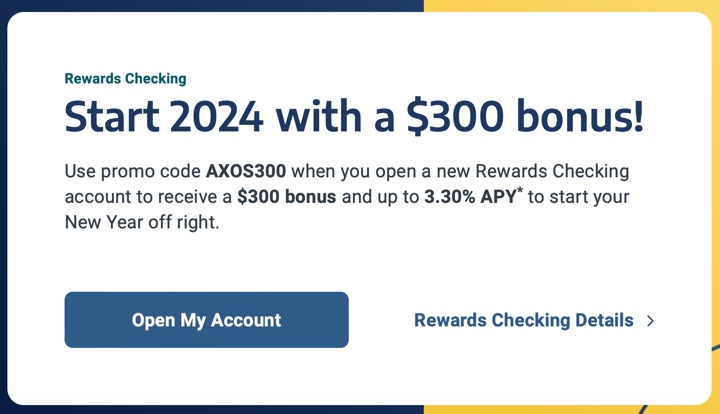
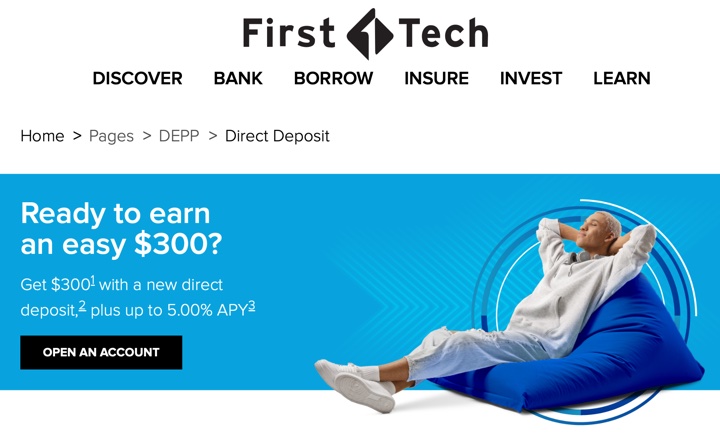


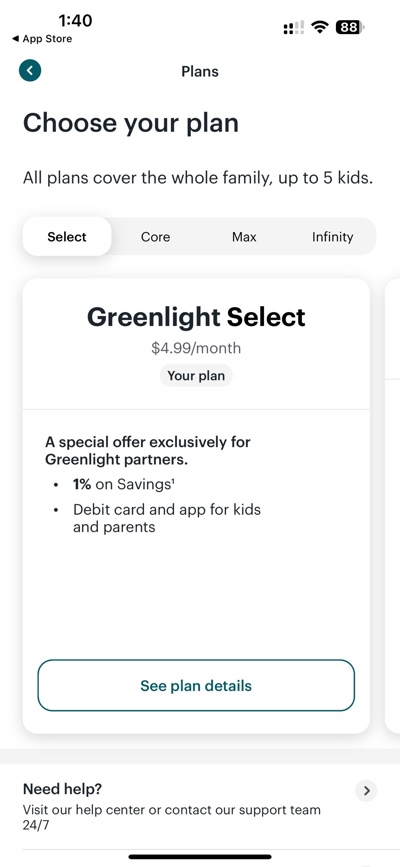
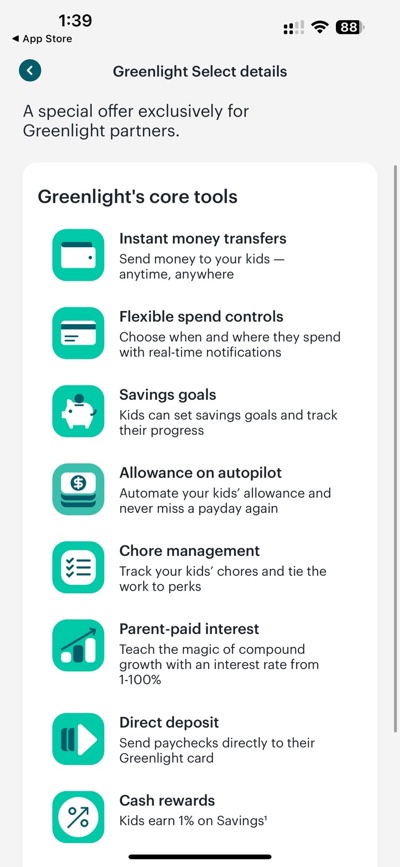
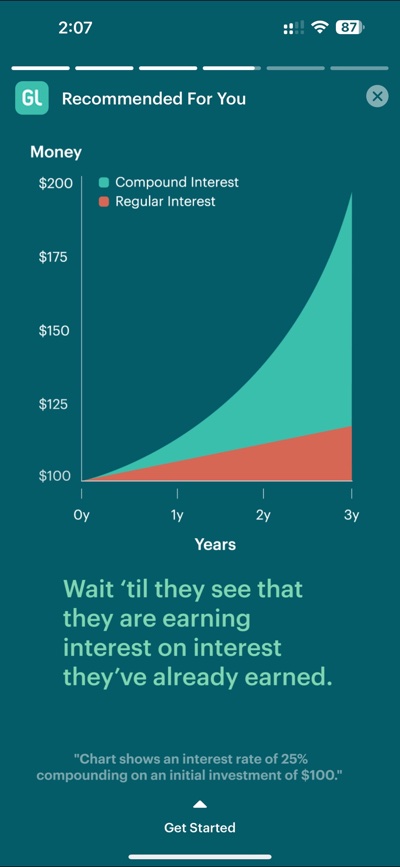
 The Best Credit Card Bonus Offers – March 2024
The Best Credit Card Bonus Offers – March 2024 Big List of Free Stocks from Brokerage Apps
Big List of Free Stocks from Brokerage Apps Best Interest Rates on Cash - March 2024
Best Interest Rates on Cash - March 2024 Free Credit Scores x 3 + Free Credit Monitoring
Free Credit Scores x 3 + Free Credit Monitoring Best No Fee 0% APR Balance Transfer Offers
Best No Fee 0% APR Balance Transfer Offers Little-Known Cellular Data Plans That Can Save Big Money
Little-Known Cellular Data Plans That Can Save Big Money How To Haggle Your Cable or Direct TV Bill
How To Haggle Your Cable or Direct TV Bill Big List of Free Consumer Data Reports (Credit, Rent, Work)
Big List of Free Consumer Data Reports (Credit, Rent, Work)